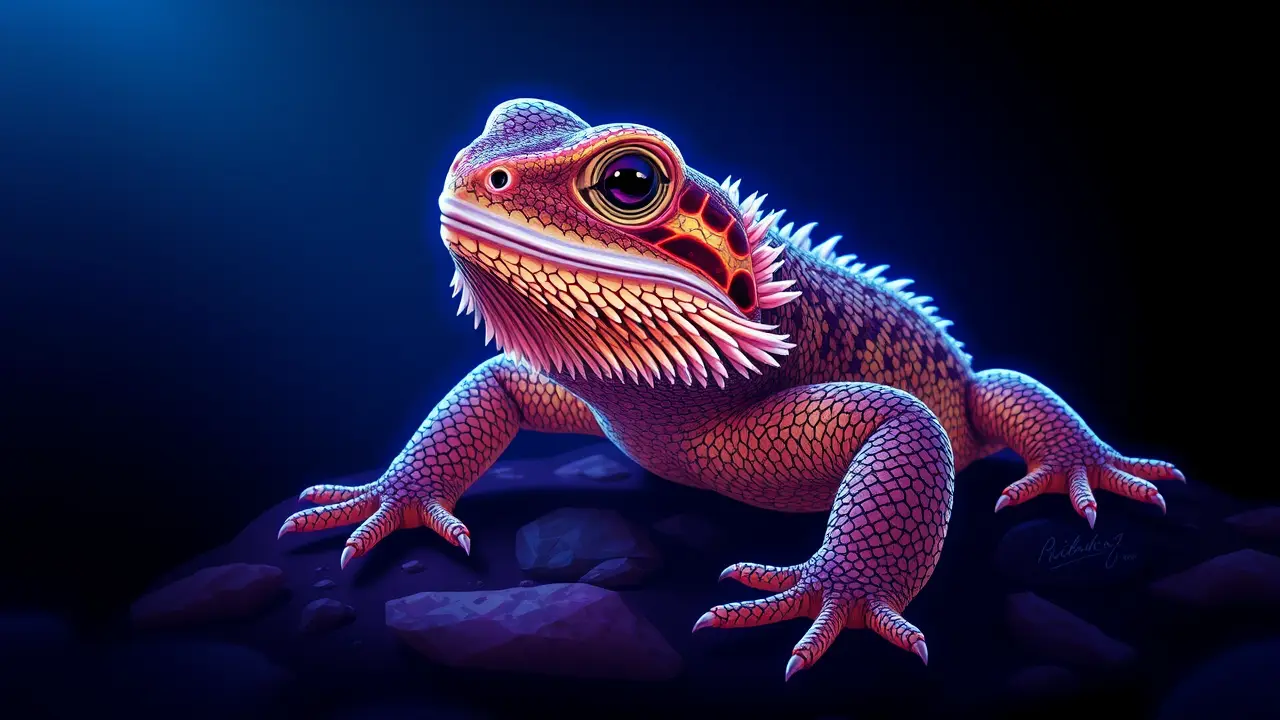Chinese Scientists Identify Sex Gene in Bearded Dragons
In the sun-scorched heart of central Australia, a biological revolution is quietly unfolding within the leathery eggs of the central bearded dragon, where scientists have now pinpointed the precise genetic switch that orchestrates one of nature's most fascinating phenomena: temperature-dependent sex determination. For decades, herpetologists have understood that when incubation temperatures soar to 32 degrees Celsius (89.6 degrees Fahrenheit) or higher, a remarkable transformation occurs, overriding the genetic blueprint of male embryos and compelling their development into fully functional females, a process that blurs the rigid lines between genetic destiny and environmental influence. This discovery, emerging from meticulous genomic analysis, identifies a key sex gene that normally dictates maleness but is effectively silenced by heat stress, a finding that resonates far beyond the Australian outback and into the core of developmental biology and climate change science.Unlike the strictly chromosomal sex determination systems of mammals and birds, where XX or XY combinations are immutable, reptiles like bearded dragons, turtles, and crocodiles operate on a thermosensitive spectrum, a legacy from their ancient evolutionary past that now serves as a critical buffer or vulnerability in a warming world. The implications are profound; as global temperatures creep upward, skewed sex ratios could push temperature-sensitive species toward a demographic cliff, with populations becoming overwhelmingly female and suffering catastrophic reproductive failure, a scenario already observed in green sea turtle nesting grounds where hatchlings are now over 99% female.This research, led by teams sequencing the dragon’s genome under controlled thermal gradients, not only maps the specific gene—likely involved in testosterone synthesis or gonad development—but also deciphers the epigenetic mechanisms, the molecular 'tags' that alter gene expression without changing the DNA sequence itself, which heat applies to effectively flip the sexual fate of an embryo. Experts in evolutionary developmental biology, like Dr.Clare Holleley, whose prior work first documented sex reversal in wild dragon populations, suggest this plasticity might have once offered an adaptive advantage, allowing rapid population adjustments to transient climatic shifts, but now threatens to become a maladaptive trap in the face of relentless anthropogenic warming. The bearded dragon thus becomes a living laboratory, a sentinel species whose eggs encapsulate the tense dialogue between genotype and environment, offering a stark preview of how climate change can rewrite the most fundamental rules of life.Furthermore, this discovery fuels parallel investigations in biomedical science, where understanding thermal influence on genetic expression could inform studies on fever-induced birth defects or the evolutionary origins of mammalian sex chromosomes, which themselves are thought to have evolved from temperature-sensitive ancestors. As we stand at this crossroads, the humble bearded dragon challenges our very conception of biological inevitability, proving that nature’s scripts are written not only in code but also in heat, a lesson with urgent consequences for conservation strategies that may soon require assisted reproduction or even shaded nesting sites to ensure these iconic reptiles have a future where both males and females can thrive.
It’s quiet here...Start the conversation by leaving the first comment.
© 2025 Outpoll Service LTD. All rights reserved.
